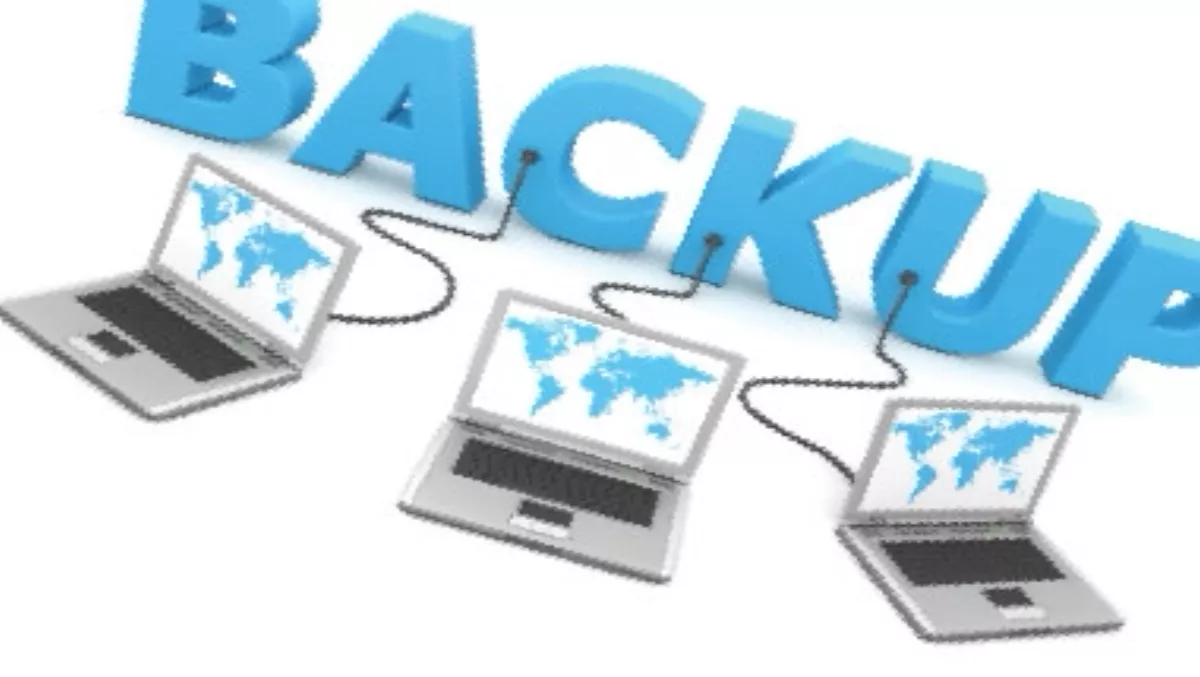
Evolving in a hybrid world
When you’re concentrating on running a business, checking your backup and recovery strategy may be the last thing on your agenda. In today’s business environment, organisations are presented with three different platforms for their backup and recovery strategies: physical, virtual and cloud. Each platform has its own unique challenges and benefits. Some organisations will opt to keep their data purely in physical environments, others will utilise virtualisation technology and finally some will choose to use multiple layers of protection across physical, virtual and cloud platforms to protect their information.The success of a company’s backup and recovery strategy is measured by the availability of its systems and the external impact that associated downtime has on revenue and customer retention, regardless of the environment the data and systems are stored in.Backing up physical machines is probably the easiest to achieve and can be done through an assortment of methods on various storage media. In addition, disk-imaging based solutions are becoming mainstream due to their ease of use and fast system recovery capabilities. Virtual Machine backup selectionAs companies backup more and more data, the limitation of physical storage devices becomes obvious. Businesses start to virtualise their servers, which brings in the challenge of backing up virtual machines (VM).Your choice of a backup and recovery solution can determine how easy it is to back up VMs and recover them in the event of failure. Some virtual platforms provide the option of using their own backup and recovery software; some third party solutions allow users to manage a specific virtual platform – for instance, VMware – and physical platforms, but they don’t support any or all of the other platforms. To guarantee faster disk image-based recovery of all systems, organisations should look for a backup and recovery solution that manages both physical and virtual machines and supports all major virtual platforms in an identical manner, from a single interface. As a result, this will allow organisations to build one single disaster recovery plan. Cloud backup servicesOnline backup services, also known as cloud services are easy to set up and use, with a minimal learning curve. All that's required is a browser and a good internet connection. One of the most exciting announcements recently is that online backup has moved beyond file based backup in the cloud and can now include backup of full system images to the online storage environment.With the right technology, businesses will have the power to implement a complete backup and recovery strategy in the cloud to support their existing local backup and recovery plans. This multi-layered approach will offer organisations the ultimate protection, ensuring that business continuity becomes easier to maintain. Businesses will be able to back up and recover full files, applications and operating systems remotely. Harmonic trioEssentially organisations are evolving in a hybrid world. Harmonising the benefits of, and transitions between, physical, virtual and cloud platforms will prove critical to backup and recovery planning. Solutions that work across all three platforms may not necessarily be the definitive answer to an organisation’s pain points (and who knows what changes will be introduced in the next 10 years), however, it is certainly moving organisations in the right direction by providing flexibility, cost savings, choice and efficiencies, and the most comprehensive solution available today.

